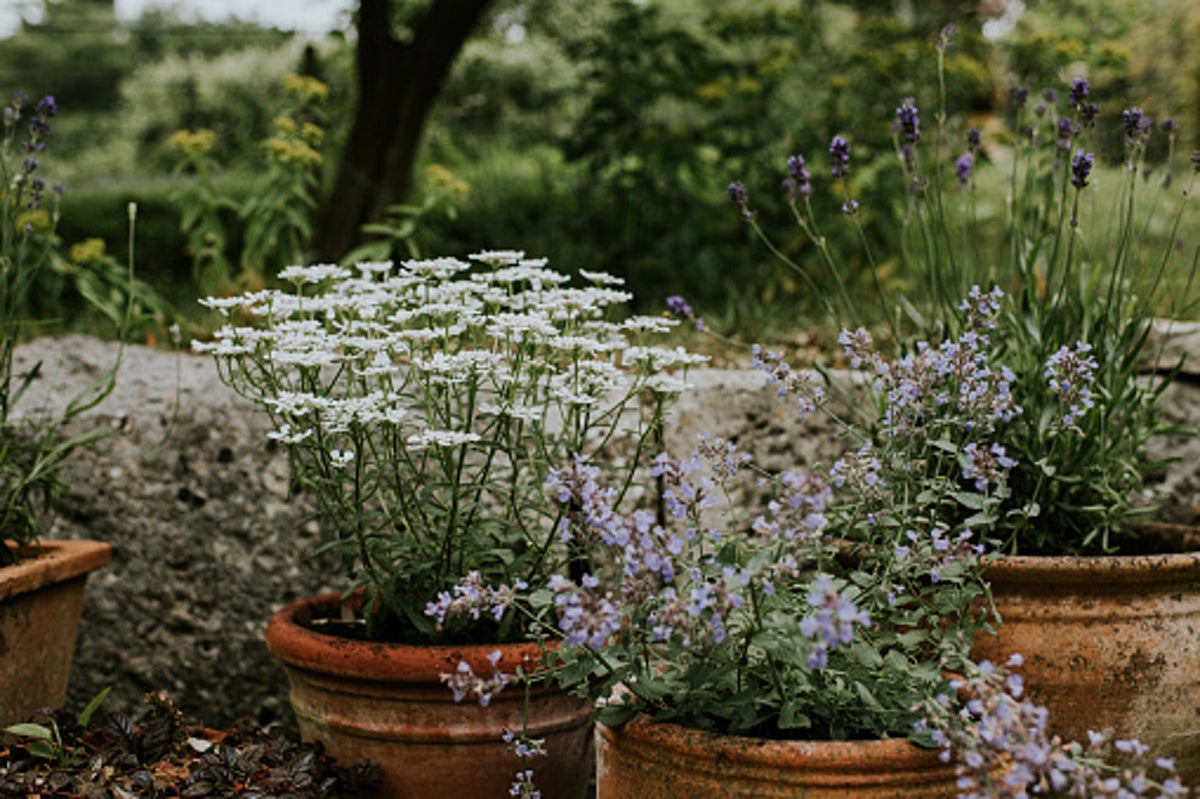
As back-to-school season gets into full swing, it also means fall is right around the corner.
That also means taking a look at what’s left in your summer garden and deciding what plants can’t survive the harsh weather ahead and how to properly take care of them.
Here’s everything to know about caring for your plants through the winter, and how to determine which plants that were previously outside should come inside.
Most plants that only grow once a year or season are called annuals and cannot typically survive colder temperatures. However, most of them can survive inside even if they do need to be dormant in the winter.
According to Gardeningknowhow, there are some hardy plants that can survive the winter, such as holly and crab apples. But they need to be transferred from the ground to containers. This takes away the protective ground plants usually have, leaving only the container itself to be a barrier between their roots and the harsh cold. To play it safe, it’s recommended to just bring them inside.
Specifically, these plants, along with others that cannot survive cold temperatures, should come inside before temperatures at night drop below 45 degrees Fahrenheit. If it’s above 50F during the day, then they can still stay outside. But once the temperature is consistently below 50F, they’ll have to come inside permanently, according to Almanac.
Tropical plants are a different story. They will suffer damage at temperatures below 40F, a few even below 50F. Plants like begonias and hibiscus can survive indoors, but don’t be surprised if they don’t grow as well as they did when outside, as stark changes like this can stunt their growth.
Before bringing any outdoor plants inside, be sure to check for any bugs that may be living in the soil. As a precaution, rinse all the leaves down with a vigorous spray of water and check the pots all over, especially under the rim, for bugs, slugs, cocoons, and egg masses. Another method is to submerge your plant’s pot in warm water for 15 minutes, which will bring any unwanted visitors to the surface. If you see a lot of critters after this, just use an insecticide and repot the plant.
When deciding where to put these plants once they are inside, place the ones that need the most light near south-facing windows or under grow lights. If they don’t need as much light, they can be placed in east or west-facing windows. Because window lighting is less intense than the direct light the plants are used to getting, it’s possible for the leaves to turn yellow as a result of the shock. However, once the plants adjust, new green leaves should start growing.
Once the plants are inside and situated, some adjustments will need to be made to their care routine. In addition to saving the fertiliser for the spring, when the plants are outside, this also means making sure not to over water them, as it is one of the most common causes of death for indoor plants because they normally don’t require much water. Almanac suggests letting the top half inch of soil get dry to the touch before watering again.







